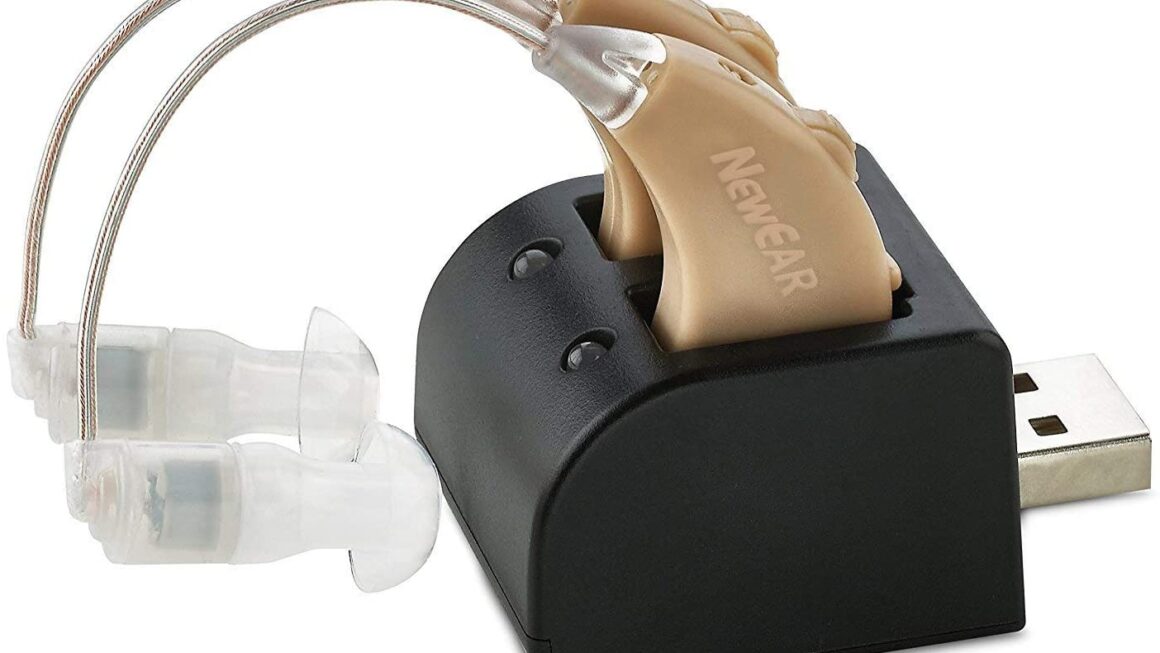If you’re someone who’s recently undergone stapes surgery, congratulations! You’ve taken a significant step towards improving your hearing and overall quality of life. However, recovery can be a challenging process that requires patience, dedication, and the right knowledge to ensure a smooth healing journey. In this blog post, we’ll be sharing some valuable tips and tricks to help you navigate the ups and downs of stapes surgery recovery with ease. So sit back, relax, and let’s get started!
Introduction to Stapes Surgery
If you’re reading this, it’s likely that you or a loved one is about to undergo stapes surgery. This type of surgery is performed to correct a hearing problem called otosclerosis. Otosclerosis is a condition in which the stapes, one of the bones in the middle ear, becomes fused to the inner wall of the ear. This fusion prevents the stapes from vibrating properly, which results in hearing loss.
Stapes surgery involves removing the fused stapes and replacing it with a prosthetic (artificial) bone. In most cases, the surgery is performed through a small incision in the eardrum. The entire procedure usually takes less than an hour, and patients typically go home the same day.
The recovery process following stapes surgery is generally pretty smooth, but there are a few things you can do to ensure that everything goes as smoothly as possible. First and foremost, be sure to follow your surgeon’s instructions regarding activity and rest after the procedure. It’s also important to keep your incision clean and dry – this means no swimming or showering until your surgeon gives you the okay! Be mindful of any unusual symptoms or pain that develop after surgery; if anything seems out of the ordinary, don’t hesitate to give your surgeon a call.
Pre-operative Care and Preparing for Recovery
Before having stapes surgery, your doctor will go over the procedure with you in detail and provide you with specific instructions on how to prepare. It’s important to follow these instructions carefully to ensure a smooth recovery.
In the days leading up to your surgery, be sure to eat healthy foods and drink plenty of water. Avoid alcohol, as it can increase bleeding during the surgery. You should also avoid smoking, as it can interfere with healing.
It’s also important to get plenty of rest before your surgery. This will help your body heal more quickly after the procedure.
Be sure to ask your doctor any questions you have about the surgery or recovery process. They will be able to provide you with more information and help put your mind at ease.
Post-operative Care Instructions
After your stapes surgery, it is important to take care of yourself and follow the instructions given to you by your doctor. Here are some tips and tricks for a smooth recovery:
1. Rest and relax: It is important to rest after your surgery. Take it easy for the first few days and avoid any strenuous activity. You can gradually increase your activity as you start to feel better.
2. Drink plenty of fluids: Drinking lots of fluids will help your body heal and will also prevent dehydration. Avoid alcohol and caffeine as they can dehydrate you.
3. Eat healthy: Eating healthy foods will give your body the nutrients it needs to heal properly. Avoid foods that are high in fat or sugar as they can slow down the healing process.
4. Take your medications: Be sure to take any medications prescribed by your doctor, including pain medication and antibiotics if needed.
5. Follow up with your doctor: Be sure to schedule a follow-up appointment with your doctor so that they can check on your progress and remove any stitches if needed
Pain Management After Surgery
Pain management after stapes surgery is a critical part of the recovery process. While the surgery itself is relatively minor, the recovery can be quite uncomfortable. There are a few things that you can do to help manage the pain and discomfort after your surgery.
First, it is important to take your pain medication as prescribed by your doctor. This will help to keep the pain under control and make the recovery process more bearable. It is also important to ice the area where the surgery was performed. This will help to reduce swelling and inflammation.
It is important to get plenty of rest during your recovery. This will help your body heal more quickly and reduce the overall discomfort that you feel. Follow these tips and tricks for a smooth healing process after stapes surgery.
Tips for a Smooth Recovery Process
Assuming you have followed all of your doctor’s orders and instructions regarding your stapes surgery recovery, there are a few things you can do to help ensure a smooth healing process.
First, be sure to take it easy for the first few days after surgery. This means no strenuous activity, lifting anything heavy, or straining yourself in any way. You may be feeling pretty good immediately after surgery, but it’s important to let your body rest so that you don’t set back your recovery.
Second, keep your incision clean and dry. You will likely have a dressing over your incision when you leave the hospital or surgical center. Be sure to follow the instructions given to you by your surgeon regarding when to remove the dressing and how to care for the incision site. Keeping the area clean and dry will help prevent infection and promote healing.
Third, watch for signs of infection, such as increased pain, redness, swelling, or drainage from the incision site. If you notice any of these signs, be sure to contact your surgeon right away so that they can evaluate whether or not you have an infection and start you on appropriate treatment if necessary.
Fourth, pay attention to how you’re feeling overall. It’s normal to feel some fatigue and discomfort after surgery, but if you feel like you’re not progressing or getting better after a few days, contact your
Activities to Avoid During Recovery
During your stapes surgery recovery, there are a few activities you’ll want to avoid in order to promote healing and prevent infection. These include:
-Swimming or bathing in any body of water, including pools, lakes, and the ocean. Water can introduce bacteria into your incision site and lead to infection.
-Contact sports or any activity that could result in a blow to the head. This could damage your new stapes implant or cause other complications.
-Excessive salt intake. Too much salt can cause fluid retention and increase swelling. It’s best to stick to a low-sodium diet during recovery.
By following these simple guidelines, you’ll be on your way to a smooth and successful recovery from stapes surgery!
When to Resume Normal Activities
Most people who have stapes surgery are able to resume their normal activities within a few weeks. However, it is important to take things slowly at first and not overdo it. Here are a few tips for resuming normal activities after stapes surgery:
-Talk to your doctor before resuming any physical activity. They will let you know when it is safe for you to start exercising again.
-Start with gentle activities and gradually increase the intensity as your body heals.
-Avoid any strenuous activity or contact sports for at least six weeks after surgery.
– listen to your body and take breaks when you need them. Don’t push yourself too hard too soon.
Benefits of Stapes Surgery
If you’re considering stapes surgery, also called stapedectomy, you’re probably wondering what the potential benefits are. This procedure is usually performed to improve hearing, and it can be very effective in doing so. In some cases, it may even restore normal hearing.
There are a few other potential benefits of stapes surgery as well. For example, it can help to reduce tinnitus, or ringing in the ears. It may also help to improve balance and reduce the risk of falls.
Of course, as with any surgery, there are also risks involved. The most common complication is dizziness, which usually goes away within a few days or weeks. There is also a small risk of infection and bleeding. Fortunately, serious complications are rare.
If you’re considering stapes surgery, talk to your doctor about the potential risks and benefits to see if it’s right for you.
Conclusion
Stapes surgery is a delicate and intricate procedure that requires extra care during recovery. Following these tips and tricks will ensure you have the smoothest healing process possible. Stay positive, take it slow, and be sure to follow your doctor’s instructions to speed up recovery time. With the right care, you can expect to get back to enjoying life in no time!












